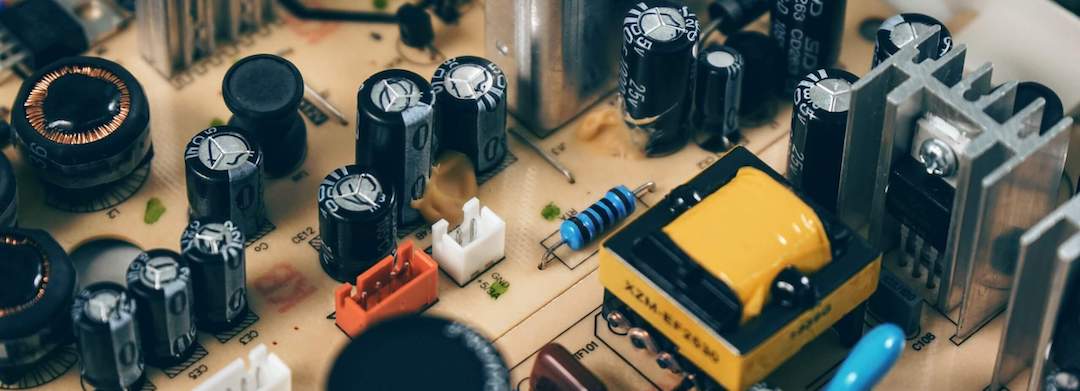What exactly does a circuit breaker do, and why does a circuit breaker sizes matter? A circuit breaker is a switch that monitors the electrical current in a circuit, and automatically stops an electrical current in the case of a circuit shortage or overload. Continue reading to learn about the most common types of circuit breakers, their common sizes, how to choose which is best for your home, and what the difference is between a breaker box and fuse box.
Types of Circuit Breakers
Standard
The first type of circuit breaker is a standard circuit breaker, which can include single-pole circuit breakers, as well as double pole circuit breakers. Single-pole circuit breakers are found in most homes, and designed to monitor a single wire’s current. They tend to accommodate between 15-30 amps and deliver approximately 120 volts to a circuit. On the other hand, double-pole circuit breakers monitor two electrical currents. These breakers deliver approximately 240 volts to an electrical circuit and can support from 15 amps to 200 amps. These circuits are often used for high energy appliances such as washing machines or dryers.
GFCI
GFCI circuit breakers (Ground Fault Circuit Interrupters) were created to protect against ground fault and/or leakage current. If there is a sense of leakage current flow from the circuit, the GFCI circuit immediately breaks the supply. GFCI assists in preventing electrical shock, therefore they are typically installed in wet areas like bathrooms or kitchens.
AFCI
On another hand, AFCI circuit breakers protect against accidental electrical discharges in an electrical wire or cord that could lead to fire. If the breaker senses an electrical jump, it will immediately disconnect the circuit before there is any chance of fire. This type of breaker can also distinguish between a dangerous circuit interrupter and a harmless circuit interrupter.
With whichever circuit breaker you install, it will either connect to a fuse box, or a breaker box. What is the difference between these two? Most new homes will have a breaker box , as fuse boxes are often considered less convenient. This is because if a fuse panel has tripped, that fuse must be fully replaced before the circuit can be used again, in comparison to a breaker box where you can easily flip a switch to reset the circuit as many times as necessary. Fuse panels also tend to have a limited amount of power, which can be seen as a potential hazard for home owners or from insurance companies. With this being said, it is recommended to use a breaker box.
If you have questions regarding your circuit breaker or are considering installing a new circuit breaker, the experts at AJ’s Electrical are ready to help you with your home’s electrical needs. There’s no job too big or small! Contact us today.

